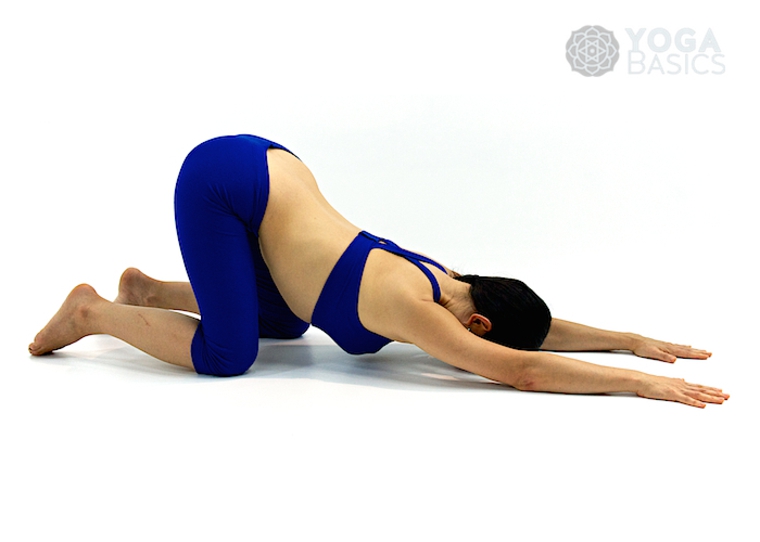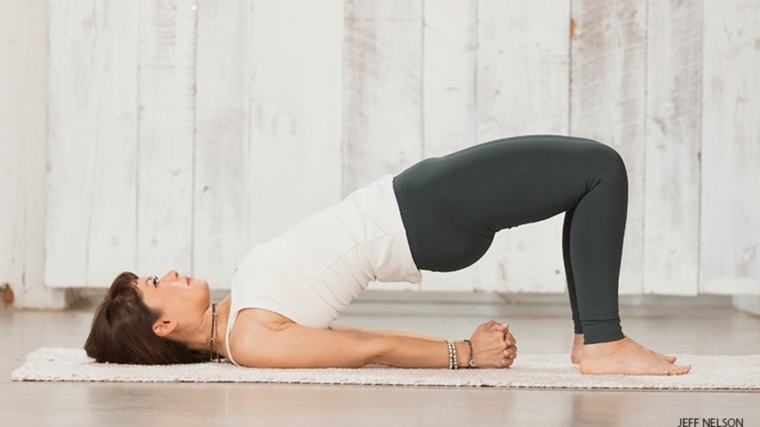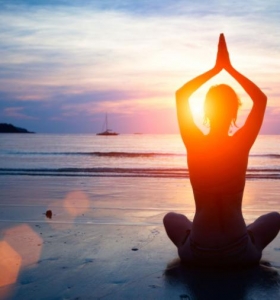Yoga – posturas aptas para principiantes y consejos para perder peso
Yoga: posturas aptas para principiantes y consejos para perder peso
El yoga es una práctica milenaria originada en India que combina posturas físicas, ejercicios de respiración y meditación para lograr el equilibrio entre el cuerpo y la mente. Además de brindar una gran cantidad de beneficios para la salud, el yoga también puede ayudarte a perder peso de manera efectiva y saludable. A continuación, te presentamos algunas posturas aptas para principiantes y consejos para incorporar el yoga en tu rutina diaria y alcanzar tus objetivos de pérdida de peso.
1. Postura del perro mirando hacia abajo (Adho Mukha Svanasana): Esta postura es excelente para estirar todo el cuerpo, fortalecer los músculos del abdomen y brazos, y aliviar el estrés. Con las manos y rodillas en el suelo, estira las piernas hacia atrás para formar una “V” invertida con el cuerpo. Mantén la cabeza entre los brazos y respira profundamente.
2. Postura del árbol (Vrksasana): Esta postura te ayuda a mejorar el equilibrio y fortalecer los músculos de las piernas. Coloca un pie sobre el muslo de la pierna contraria, mantén los brazos estirados hacia arriba y respira profundamente. Puedes apoyar el pie en el tobillo o la pantorrilla si todavía no tienes suficiente equilibrio.
3. Postura de la cobra (Bhujangasana): Esta postura fortalece los músculos de la espalda, mejora la flexibilidad y estimula el metabolismo. Acuéstate boca abajo, coloca las palmas de las manos a la altura de los hombros y levanta el pecho del suelo mientras mantienes las piernas y la pelvis apoyadas. Respira profundamente y mantén la postura durante varios segundos.
4. Postura del guerrero II (Virabhadrasana II): Esta postura ayuda a fortalecer los músculos de las piernas, mejorar el equilibrio y tonificar el abdomen. Abre las piernas a una distancia mayor que la de los hombros, gira el pie derecho hacia el frente y el pie izquierdo hacia un costado. Flexiona la rodilla derecha y estira los brazos a los costados, mirando hacia adelante. Respira profundamente y mantén la postura durante varios segundos antes de cambiar de lado.
Ahora que conoces algunas posturas aptas para principiantes, es importante mencionar algunos consejos adicionales para perder peso con el yoga:
1. Practica yoga regularmente: Al igual que cualquier otro ejercicio, el yoga requiere regularidad para obtener resultados. Intenta realizar al menos 3 sesiones de yoga a la semana para notar una diferencia en tu peso y bienestar general.
2. Combina el yoga con una alimentación equilibrada: El yoga no es suficiente por sí solo para perder peso. Para lograr resultados óptimos, es importante complementarlo con una dieta equilibrada y saludable. Reduce el consumo de alimentos procesados y elige opciones más naturales y nutritivas.
3. Aumenta la intensidad gradualmente: Siempre comienza con posturas aptas para principiantes y, a medida que adquieras más fuerza y flexibilidad, puedes incorporar posturas más desafiantes. Aumentar gradualmente la intensidad te ayudará a quemar más calorías y tonificar tu cuerpo de manera progresiva.
Recuerda que el yoga es una práctica personal y cada cuerpo es diferente, por lo que es importante escuchar a tu cuerpo y adaptar las posturas según tus límites y comodidad. Consulta a un instructor de yoga certificado si tienes alguna duda o si deseas aprender más posturas adecuadas para ti. ¡Comienza hoy mismo tu viaje hacia la pérdida de peso y el bienestar con el yoga! El yoga es una práctica milenaria originada en India que combina posturas físicas, ejercicios de respiración y meditación para lograr el equilibrio entre el cuerpo y la mente. Además de brindar una gran cantidad de beneficios para la salud, el yoga también puede ayudarte a perder peso de manera efectiva y saludable. A continuación, te presentamos algunas posturas aptas para principiantes y consejos para incorporar el yoga en tu rutina diaria y alcanzar tus objetivos de pérdida de peso.
1. Postura del perro mirando hacia abajo (Adho Mukha Svanasana): Esta postura es excelente para estirar todo el cuerpo, fortalecer los músculos del abdomen y brazos, y aliviar el estrés. Con las manos y rodillas en el suelo, estira las piernas hacia atrás para formar una “V” invertida con el cuerpo. Mantén la cabeza entre los brazos y respira profundamente.
2. Postura del árbol (Vrksasana): Esta postura te ayuda a mejorar el equilibrio y fortalecer los músculos de las piernas. Coloca un pie sobre el muslo de la pierna contraria, mantén los brazos estirados hacia arriba y respira profundamente. Puedes apoyar el pie en el tobillo o la pantorrilla si todavía no tienes suficiente equilibrio.
3. Postura de la cobra (Bhujangasana): Esta postura fortalece los músculos de la espalda, mejora la flexibilidad y estimula el metabolismo. Acuéstate boca abajo, coloca las palmas de las manos a la altura de los hombros y levanta el pecho del suelo mientras mantienes las piernas y la pelvis apoyadas. Respira profundamente y mantén la postura durante varios segundos.
4. Postura del guerrero II (Virabhadrasana II): Esta postura ayuda a fortalecer los músculos de las piernas, mejorar el equilibrio y tonificar el abdomen. Abre las piernas a una distancia mayor que la de los hombros, gira el pie derecho hacia el frente y el pie izquierdo hacia un costado. Flexiona la rodilla derecha y estira los brazos a los costados, mirando hacia adelante. Respira profundamente y mantén la postura durante varios segundos antes de cambiar de lado.
Ahora que conoces algunas posturas aptas para principiantes, es importante mencionar algunos consejos adicionales para perder peso con el yoga:
1. Practica yoga regularmente: Al igual que cualquier otro ejercicio, el yoga requiere regularidad para obtener resultados. Intenta realizar al menos 3 sesiones de yoga a la semana para notar una diferencia en tu peso y bienestar general.
2. Combina el yoga con una alimentación equilibrada: El yoga no es suficiente por sí solo para perder peso. Para lograr resultados óptimos, es importante complementarlo con una dieta equilibrada y saludable. Reduce el consumo de alimentos procesados y elige opciones más naturales y nutritivas.
3. Aumenta la intensidad gradualmente: Siempre comienza con posturas aptas para principiantes y, a medida que adquieras más fuerza y flexibilidad, puedes incorporar posturas más desafiantes. Aumentar gradualmente la intensidad te ayudará a quemar más calorías y tonificar tu cuerpo de manera progresiva.
Recuerda que el yoga es una práctica personal y cada cuerpo es diferente, por lo que es importante escuchar a tu cuerpo y adaptar las posturas según tus límites y comodidad. Consulta a un instructor de yoga certificado si tienes alguna duda o si deseas aprender más posturas adecuadas para ti. ¡Comienza hoy mismo tu viaje hacia la pérdida de peso y el bienestar con el yoga! El yoga es una práctica milenaria originada en India que combina posturas físicas, ejercicios de respiración y meditación para lograr el equilibrio entre el cuerpo y la mente. Además de brindar una gran cantidad de beneficios para la salud, el yoga también puede ayudarte a perder peso de manera efectiva y saludable. A continuación, te presentamos algunas posturas aptas para principiantes y consejos para incorporar el yoga en tu rutina diaria y alcanzar tus objetivos de pérdida de peso.
1. Postura del perro mirando hacia abajo (Adho Mukha Svanasana): Esta postura es excelente para estirar todo el cuerpo, fortalecer los músculos del abdomen y brazos, y aliviar el estrés. Con las manos y rodillas en el suelo, estira las piernas hacia atrás para formar una “V” invertida con el cuerpo. Mantén la cabeza entre los brazos y respira profundamente.
2. Postura del árbol (Vrksasana): Esta postura te ayuda a mejorar el equilibrio y fortalecer los músculos de las piernas. Coloca un pie sobre el muslo de la pierna contraria, mantén los brazos estirados hacia arriba y respira profundamente. Puedes apoyar el pie en el tobillo o la pantorrilla si todavía no tienes suficiente equilibrio.
3. Postura de la cobra (Bhujangasana): Esta postura fortalece los músculos de la espalda, mejora la flexibilidad y estimula el metabolismo. Acuéstate boca abajo, coloca las palmas de las manos a la altura de los hombros y levanta el pecho del suelo mientras mantienes las piernas y la pelvis apoyadas. Respira profundamente y mantén la postura durante varios segundos.
4. Postura del guerrero II (Virabhadrasana II): Esta postura ayuda a fortalecer los músculos de las piernas, mejorar el equilibrio y tonificar el abdomen. Abre las piernas a una distancia mayor que la de los hombros, gira el pie derecho hacia el frente y el pie izquierdo hacia un costado. Flexiona la rodilla derecha y estira los brazos a los costados, mirando hacia adelante. Respira profundamente y mantén la postura durante varios segundos antes de cambiar de lado.
Ahora que conoces algunas posturas aptas para principiantes, es importante mencionar algunos consejos adicionales para perder peso con el yoga:
1. Practica yoga regularmente: Al igual que cualquier otro ejercicio, el yoga requiere regularidad para obtener resultados. Intenta realizar al menos 3 sesiones de yoga a la semana para notar una diferencia en tu peso y bienestar general.
2. Combina el yoga con una alimentación equilibrada: El yoga no es suficiente por sí solo para perder peso. Para lograr resultados óptimos, es importante complementarlo con una dieta equilibrada y saludable. Reduce el consumo de alimentos procesados y elige opciones más naturales y nutritivas.
3. Aumenta la intensidad gradualmente: Siempre comienza con posturas aptas para principiantes y, a medida que adquieras más fuerza y flexibilidad, puedes incorporar posturas más desafiantes. Aumentar gradualmente la intensidad te ayudará a quemar más calorías y tonificar tu cuerpo de manera progresiva.
Recuerda que el yoga es una práctica personal y cada cuerpo es diferente, por lo que es importante escuchar a tu cuerpo y adaptar las posturas según tus límites y comodidad. Consulta a un instructor de yoga certificado si tienes alguna duda o si deseas aprender más posturas adecuadas para ti. ¡Comienza hoy mismo tu viaje hacia la pérdida de peso y el bienestar con el yoga!
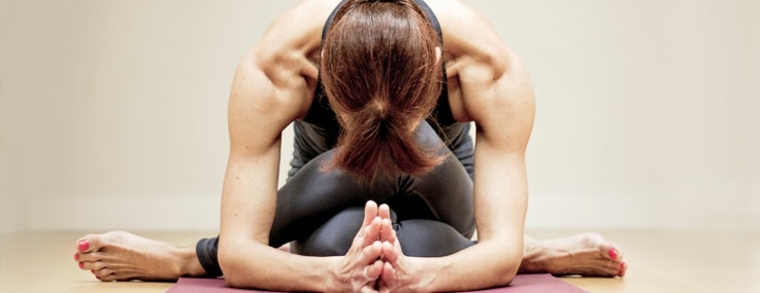
The debate on whether yoga is an effective tool for weight loss has been going on for years. Many believe that yoga is not fast enough to burn the amount of calories needed for true weight loss. Others swear by yoga and say that it is an extremely effective way to shed pounds. For those of you who already practice yoga, this is probably already clear. Yoga demands a great deal of physical and mental strength, concentration, endurance, and flexibility.
Yoga for Beginners
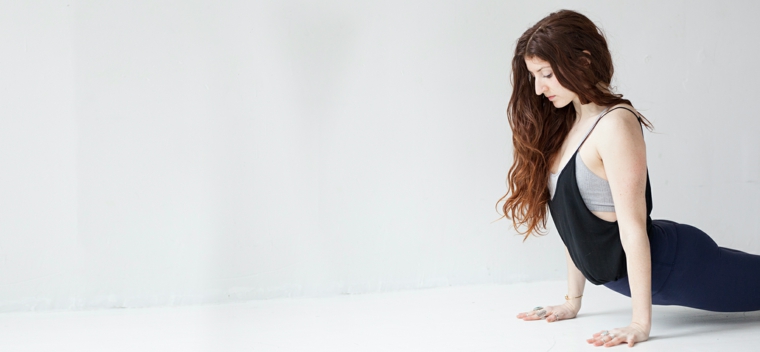
To truly understand the concept of how weight loss and yoga go hand in hand, we must understand the three layers that our energetic bodies are composed of: the mind, the body, and the soul. Each layer depends on and affects the other two. When one layer is imbalanced, so do the mind, body, and soul.
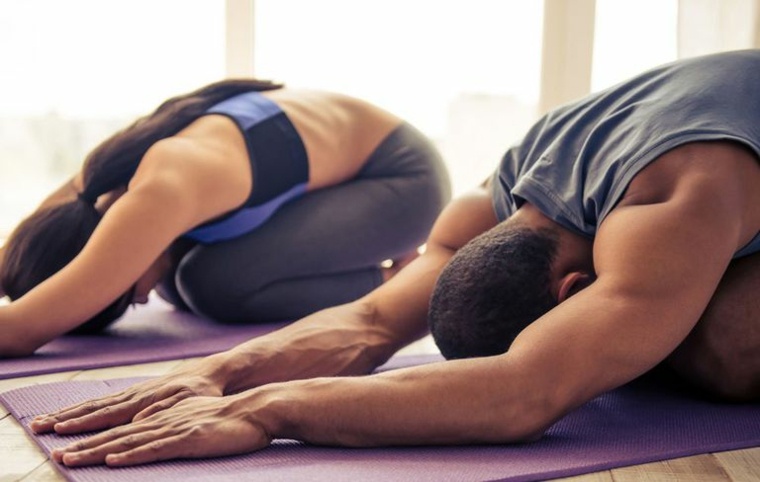
You cannot have a healthy body and pure soul if the mind is hyperactive and imbalanced. Fortunately, yoga has a way of uniting and creating harmony among these three key decision-makers that govern your life.
The Mental

When you embark on a yoga journey, you will begin to see things in a new light. Yoga transforms you from the inside out, and usually in that order.
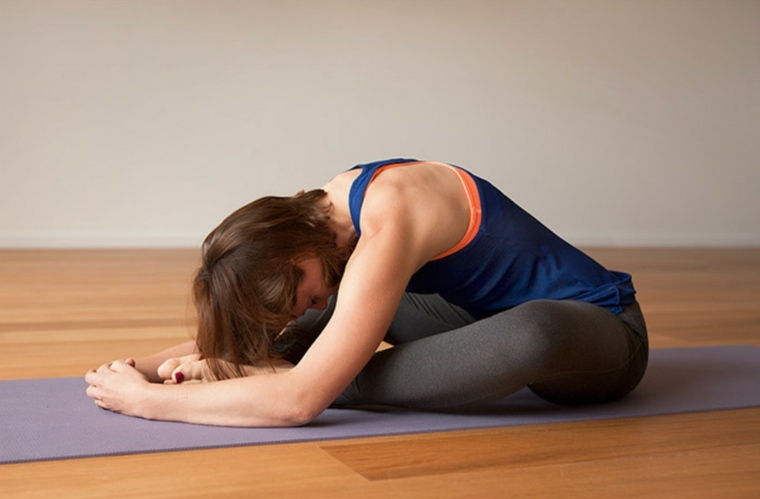
As your practice takes you down the rabbit hole of truth, awareness, and connection, you begin the process of “awakening.” The process of becoming aware. The process of disconnecting from the ego, also known as that incessant little voice in your mind that constantly dwells on problems.

Since the ego clings to unhealthy attachments, it is responsible for fueling poor decision-making. When the mind is tamed through consistent yoga practice, the soul essentially becomes liberated. You free yourself from identifying with the same old sad stories that the ego has been using as a tool to imprison you for far too long. When you stop obsessively living in your head and start identifying with the voice, there is always a positive shift.

You will start to enjoy what truly feels good instead of acting according to the ego’s version of what feels good. As a result, unconscious and destructive habits are revealed. This realization leads to better decision-making. Lifestyle changes and healthier food choices are guaranteed to follow, resulting in weight loss.
The Physical
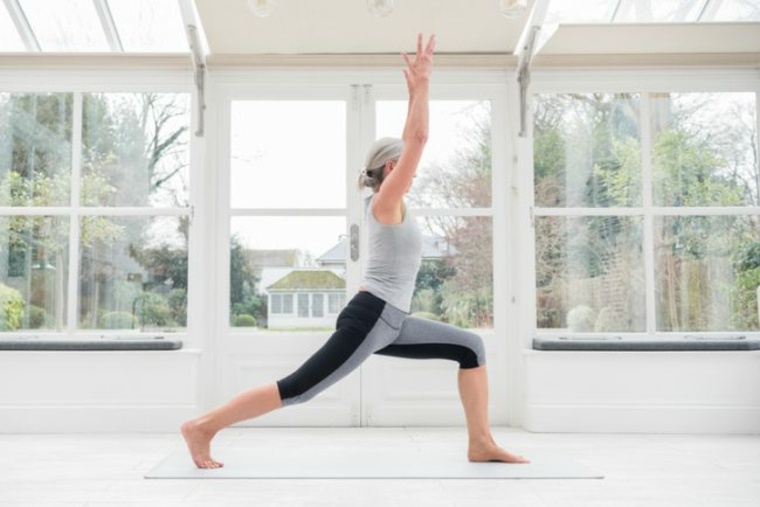
Yoga offers hundreds of asanas (postures) contained in countless flows or sequences. All postures offer a variety of physical benefits. Additionally, almost all poses address detoxification on some level. Detoxification stimulates the purification of the body and mind. This directly affects weight loss as it eradicates the stagnant junk in the body that weighs us down.
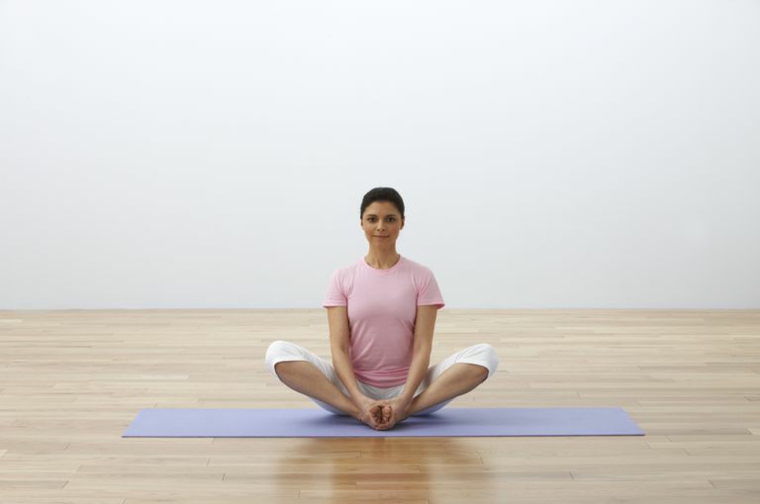
Although all types of yoga are effective when it comes to purifying, burning calories, improving flexibility and muscle tone, calming the mind, and providing a sense of inner peace and satisfaction, if your goal is weight loss, certain practices are more effective than others.
Get ready to experience the perfect combination of cardio and strength training with these fast-paced flows. This powerful cocktail is designed to effectively burn fat and increase lean muscle mass. By practicing these two types of yoga, your body can burn between 400 and 600 calories per hour. That’s equivalent to a typical hour at the gym!
And finally, the soul
When your soul awakens through the practice of yoga, the things that used to please you no longer do. When you are in touch with your spiritual nature, you begin to realize that life has a deeper meaning. You understand that destructive habits no longer serve your ultimate purpose. This awakening directly affects weight loss because it promotes the elimination of unhealthy habits.
For example, eating until you’re so full that you can barely move and have to unbutton your pants. Or drinking until you can barely stand, let alone walk in a straight line. Soon you’ll realize that these harmful behaviors don’t please the soul. In fact, they don’t feel good at all. They actually feel pretty bad!
What pleases the soul is satisfaction in the present moment. What pleases the soul is a pure body and mind. A clean temple that allows the eternal wisdom within you to shine for the world to see.
When you reach this point of detachment in your practice, you realize that the only authentic way to see the world is through the eyes of the soul. Instead of identifying with the ego and allowing it to dominate your life, you begin to realize that “you” are not your mind. “You” are the soul.
The best thing about yoga is that it can be adapted for any body size using tools like yoga belts and blocks, and it also allows the body to naturally form into the shape that feels good. If you’re looking to start with yoga, here are some poses that I recommend starting with.
One of the many reasons why yoga is so amazing is that it’s for anyone and everyone! It doesn’t discriminate when it comes to age, size, flexibility, body type, gender, etc. Sure, some people have to work a little harder than others. Some were born with a lot of natural flexibility. Others were born with a lot of natural balance. For everyone else, it may be a bit more challenging. But you can do it, and you’ll appreciate it even more!
Yoga is about the journey. It’s mental and physical, and it’s about growing as a person throughout your journey. It’s not about having a certain size or level of flexibility. You succeed as long as you keep growing and changing. Having a larger frame may make it a bit more difficult to balance, hold poses, and reach certain places. These yoga poses are perfect for beginners and plus-size women.
Half Lord of the Fishes
Spinal twists like this one are excellent for decompressing the spine and improving posture. We could all use a little better posture in our lives, right? On the exhale, twist your body to the right. You can further enhance the stretch by placing your left elbow on the outside of your knee and pressing it.
to rotate your head in the direction you are stretching to avoid putting pressure on your neck. Remember to repeat on both sides.
Bridge Pose
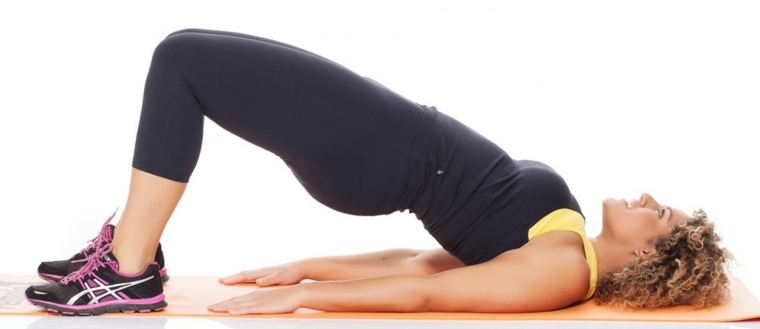
Start by lying on your back with your knees bent and heels just behind your buttocks. As you lift up, focus on engaging your core muscles and lifting with your core instead of your hands. Think of your hands as very light and simply resting on the floor for support. You should not use arm strength to lift, but rather the strength of your core. Hold this position for 15 seconds and work on holding it for up to 30 seconds.
Warrior II
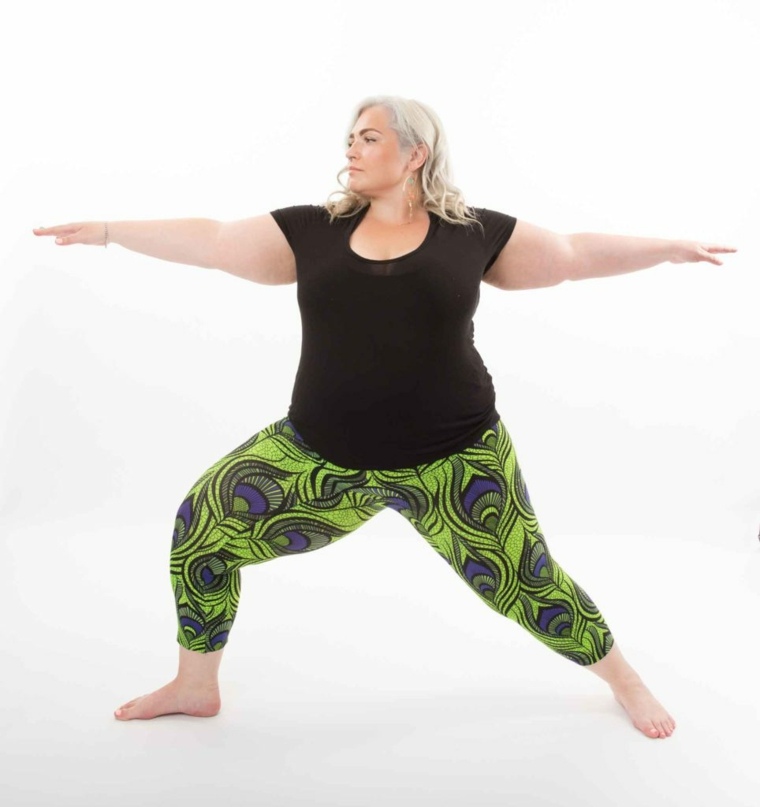
This pose is great for toning your legs. The front foot should be pointing forward, and the back foot should be at a 90-degree angle. Try to work towards getting your knee bent at a 90-degree angle. If you hold the pose here, you will feel it working your quadriceps. Try to keep your hips squared and facing the same direction as your back foot.
Pigeon Pose
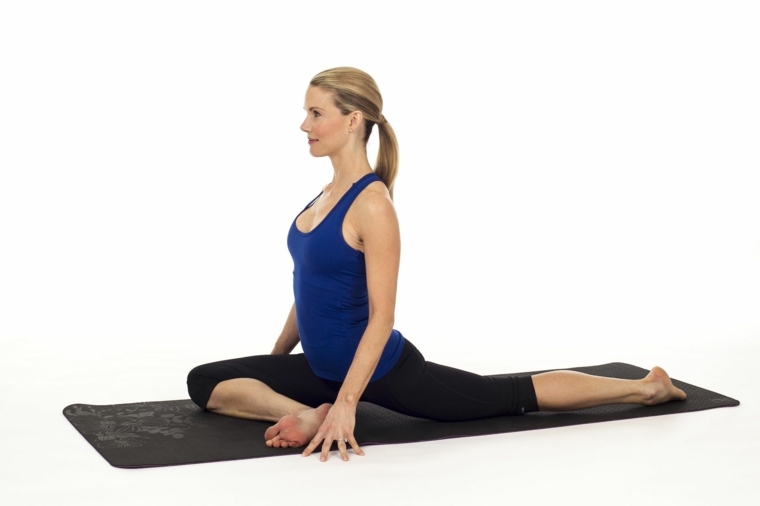
Pigeon pose is a great hip opener. The hip muscles are usually quite tight due to our mostly sedentary lifestyle of sitting on sofas and computer chairs all day. This pose will help increase the flexibility of your hips, which will also allow you to perform many more yoga poses, such as backbends, triangle pose, side angle pose, or anything else that requires a lot of hip work.
Center
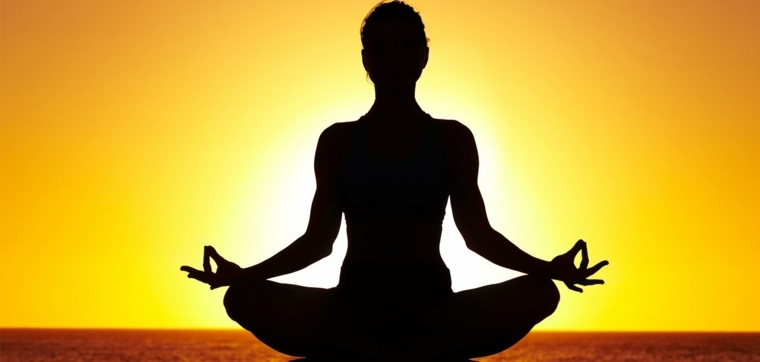
This one is very simple as it is ideal for meditation or simply preparing to start your yoga session and working on your breathing. Just sit with your legs crossed, however feels comfortable, and with a straight back, join your hands as shown in the image. Practice your breathing by breathing in slowly and deeply through your nose and slowly out through your mouth.
Downward Facing Dog
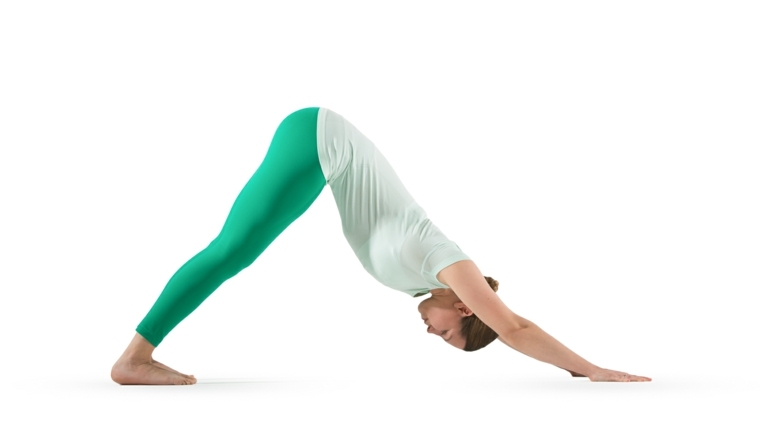
When many people think of yoga, the downward facing dog pose comes to mind. It is great for things like back pain and stretching. You can try starting with your knees on the ground and then pushing up into the position as you inhale. You want your feet to be hip-width apart and your hands as well, firmly planted on the ground. You can let your head hang or look up and breathe in through your nose and out through your mouth slowly.
Cow/Cat Pose
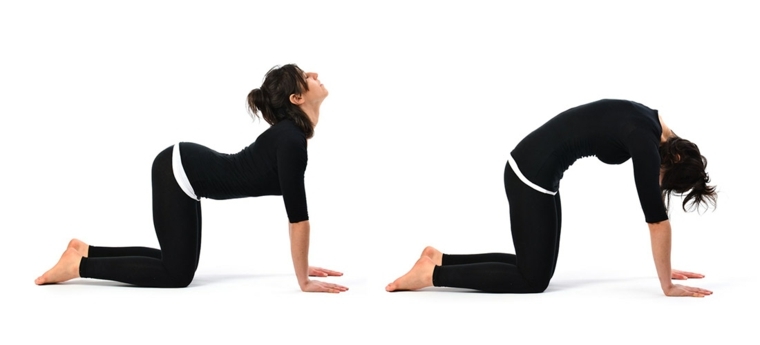
This one is really great for opening up my spine and breathing. It also feels amazing for the back. For this, you get on all fours with your knees on the ground and shoulders aligned over wrists. For the cow pose, you arch your spine (think of pushing your stomach down and hips up) and breathe in, and for the cat pose, you round your back and tuck your hips down and in as you exhale. (Think of how a cat looks when it arches its back. The cow pose is usually done as a flow or “vinyasa” with the cat pose following. They are great poses to start warming up the body. Start on your knees, with your hands directly under your shoulders and knees hip-width apart. As you inhale, round your back as much as you can. Tighten your abs and imagine there is a rope around your belly, pulling it towards the ceiling. Inhale deeply and as you exhale, come into the cat pose (down). The cat pose starts in the same position as the cow pose.

These 2 poses are the ones you can choose to really work your body or simply go through the motions without feeling anything. Make sure toGet ready to consciously move your body and feel the stretch. As you exhale, arch your back. Focus on pushing your buttocks and shoulders back to intensify the stretch in your back.
Cobra Pose
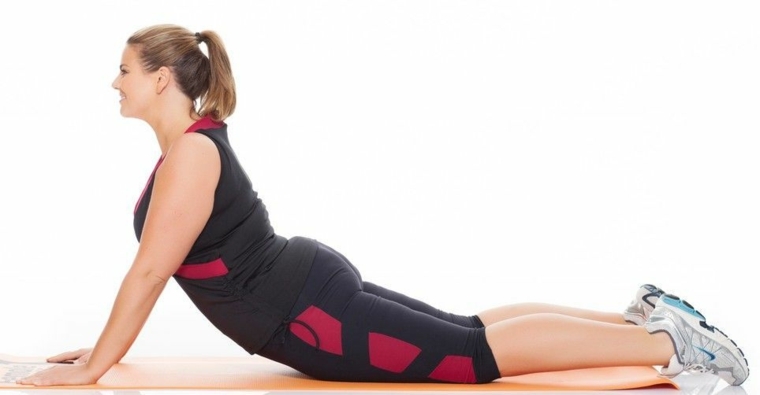
This is another great option to stretch your back and shoulders. To do the Cobra Pose, lie down on your stomach with your legs extended. With your hands, gently lift your shoulders and upper back so that your hips remain on the floor and on your legs. Lower and raise slowly again, breathing all the way. The internal breath is upward and the downward breath is downward.
Tree Pose
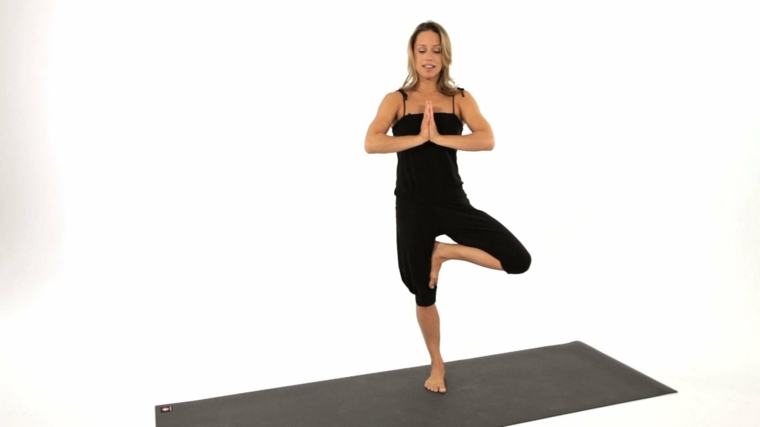
This can be very challenging for some people who don’t have much coordination, but we believe it’s a great balancing posture to learn in yoga and it’s less challenging than many others. If you want, find something you can lean on until you can balance on your own. We believe the tree pose is good for learning to balance, although it’s definitely worth a try. To do the tree pose, place one foot as high on your thigh or leg as you can and balance on the other foot. Raise your hands to the sky (or some people do a more rounded version) and balance this way, practicing your breath for as long as you can or want.
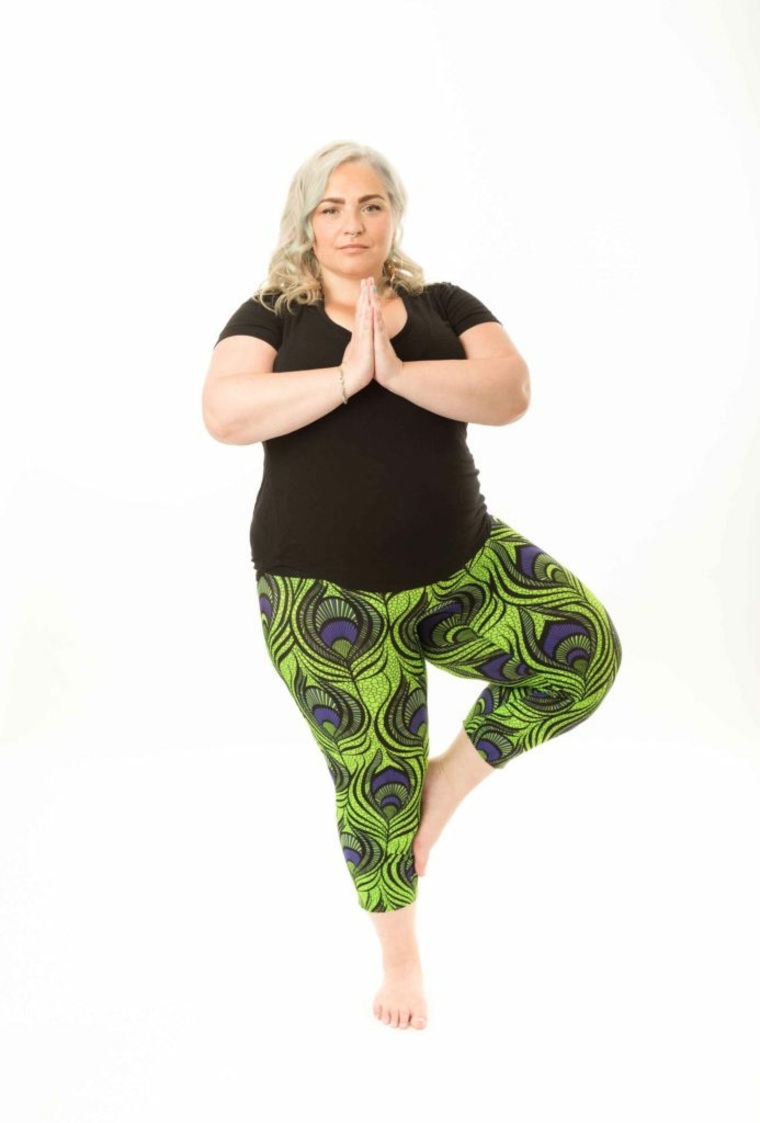
The tree pose is ideal for balance, and it’s much more challenging than it looks. Start with your feet shoulder-width apart and your hands together at your heart. Note that this posture can also be done with your arms up in the air, but keeping your hands at your heart helps maintain balance. Bend one knee and use your hand to support the foot on the standing leg. When you feel stable enough, try raising your hands in the air for an additional challenge. You can also try closing your eyes because it will also test your balance even more.
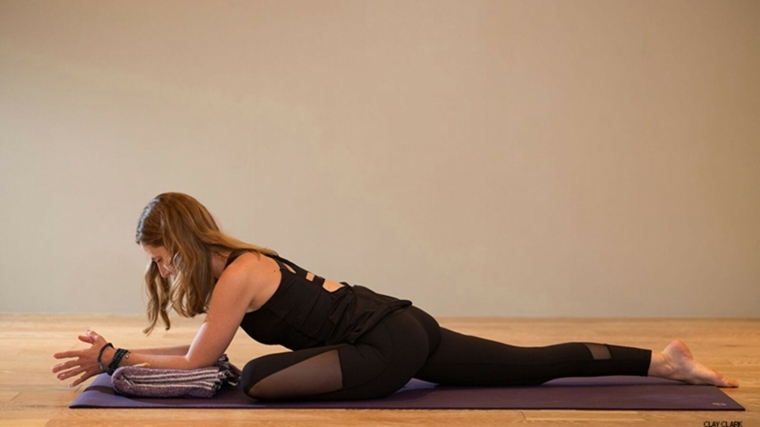
Remember, if something hurts, don’t force yourself into a position. Instead, try modifying it and be patient with yourself. You will increase your level of flexibility with a little practice. Also, keep in mind that it’s a good idea to consult with your doctor before starting any exercise routine. Namaste!
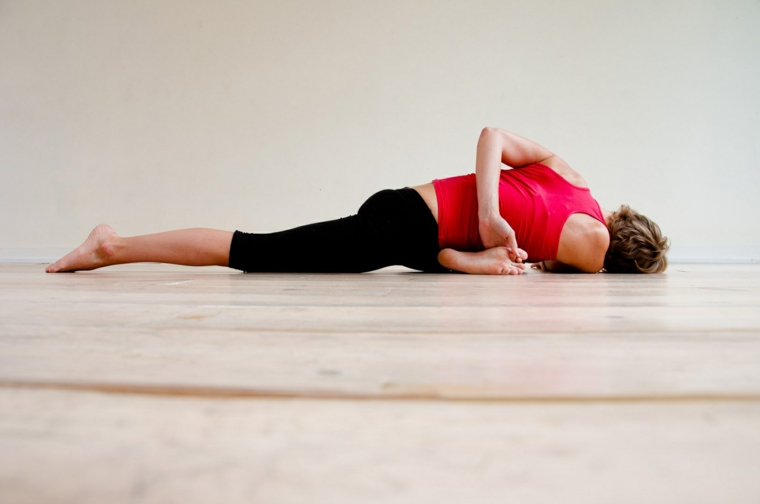





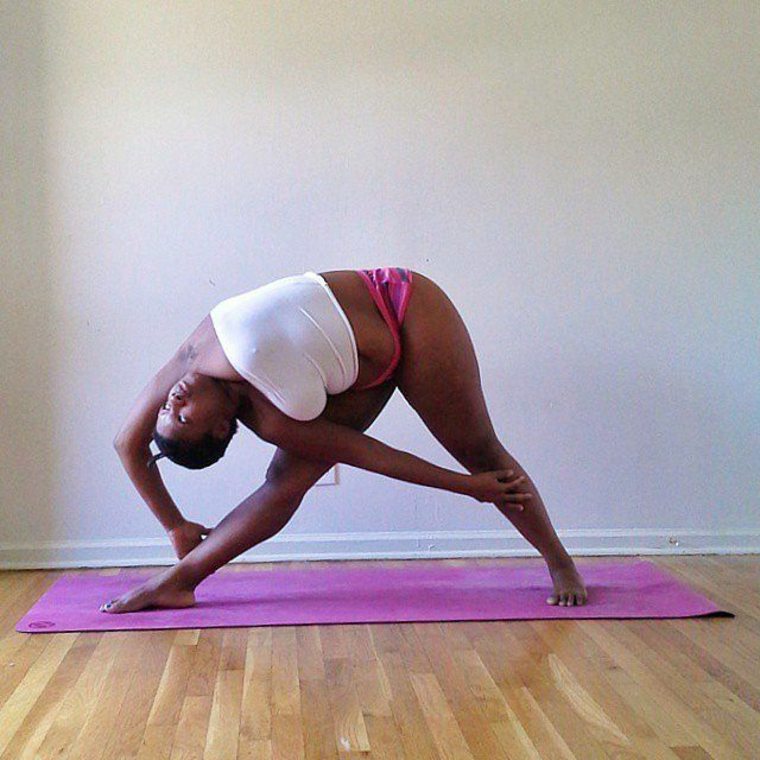
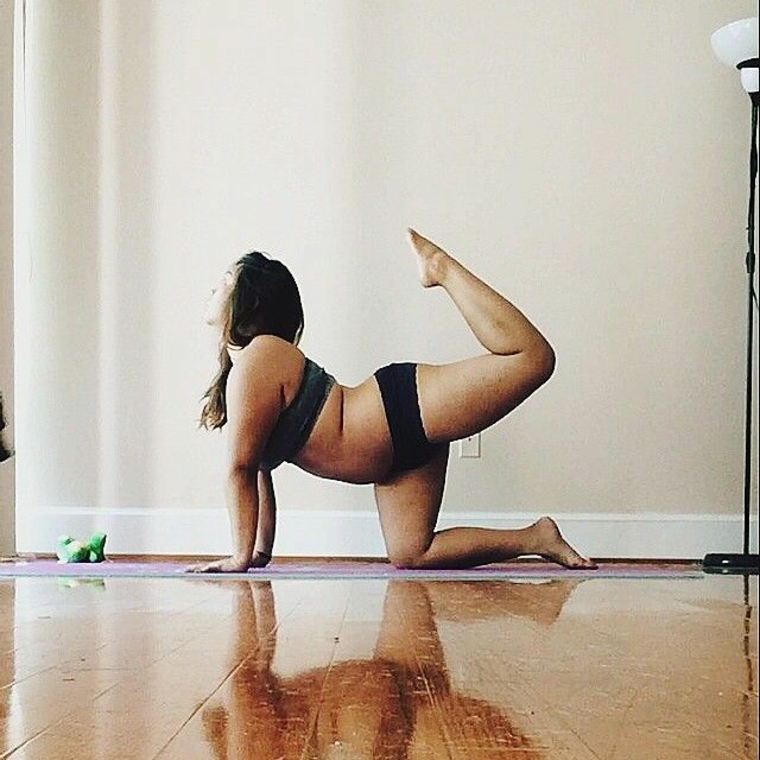
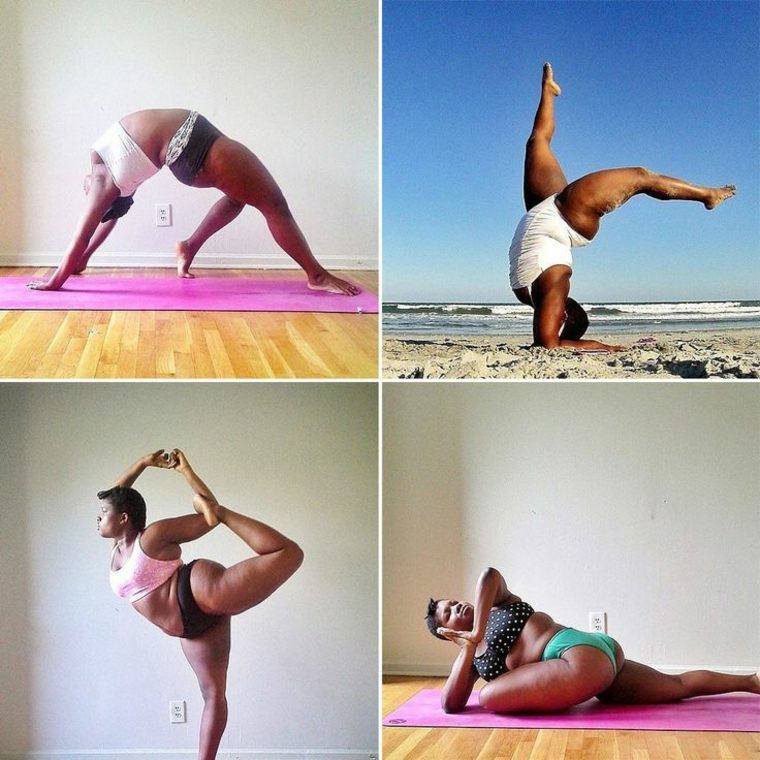
Looking to shed some pounds? Why not try yoga? Not only does it help you relax and destress, but it can also be a great way to burn calories and tone your body. Check out these amazing yoga poses that are specifically designed to help you lose weight.
